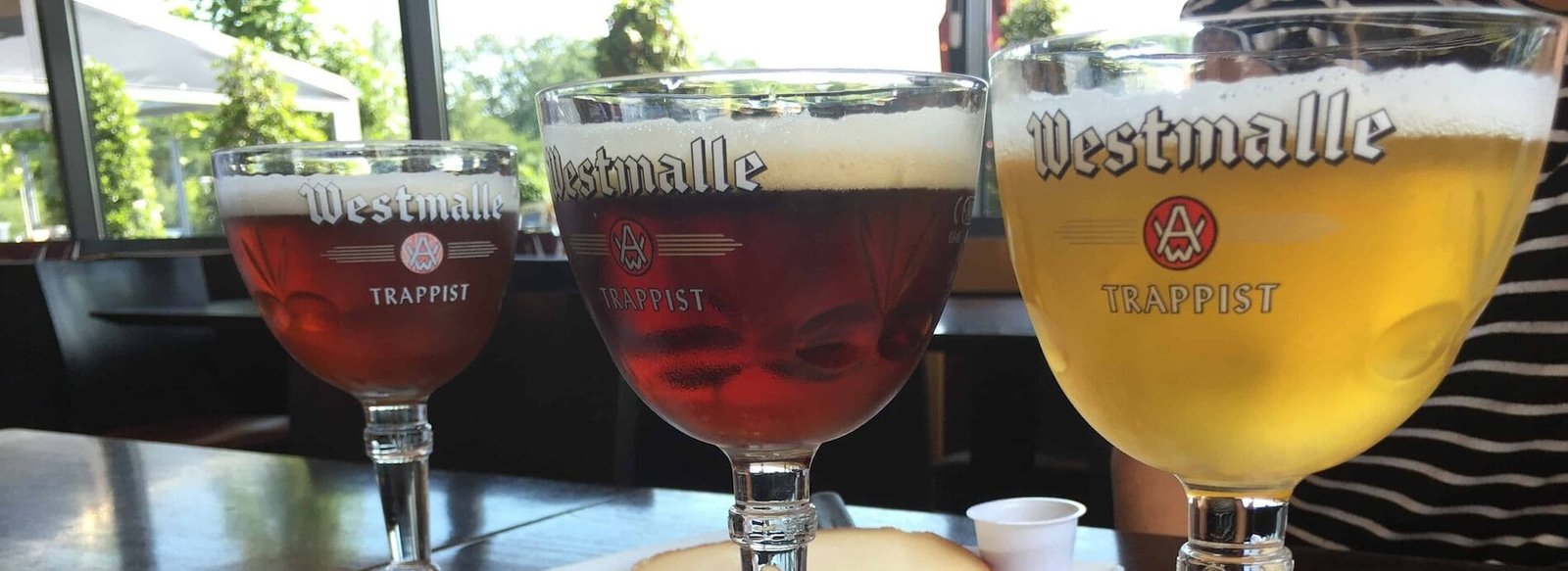Belgium has long been celebrated for its rich brewing tradition, characterized by a diverse array of styles and flavors. One of the most intriguing aspects of Belgian beer is the use of wild yeast, which contributes to the complexity and depth of the final product. Unlike traditional brewing, which typically relies on cultivated yeast strains, wild yeast introduces an element of unpredictability and creativity. This article explores the techniques for harnessing wild yeast in Belgian brewing, along with essential safety considerations.
Understanding Wild Yeast
Wild yeast refers to naturally occurring yeast strains that can be found in the environment. The most common wild yeast species used in brewing is Saccharomyces cerevisiae, which is also the primary yeast used in most beer production. However, Belgian brewers often utilize other species, such as Brettanomyces, which can impart unique flavors and aromas to the beer. These wild yeasts thrive in various conditions and can produce a wide range of esters and phenols, leading to complex flavor profiles.
Techniques for Using Wild Yeast
1. Spontaneous Fermentation
Spontaneous fermentation is a hallmark of traditional Belgian brewing, particularly in styles like lambic and gueuze. In this method, wort is exposed to the open air, allowing wild yeast and bacteria from the environment to inoculate it. This technique requires careful selection of the brewing location, as the surrounding environment heavily influences the fermentation process.
– Preparation: Brew a simple wort using pale malt and hops. The wort should be boiled for at least an hour to sterilize it, but minimal hopping is preferred to allow for the development of wild yeast flavors.
– Cooling: After boiling, the wort is cooled rapidly to around 60-70°F (15-21°C). This can be done using a heat exchanger or by placing the kettle in an ice bath.
– Exposure: Transfer the cooled wort to a shallow vessel, such as a coolship, which maximizes surface area and allows for better exposure to airborne yeast. Leave the vessel uncovered for several hours to allow wild yeast to settle in.
– Fermentation: Once the wort has been inoculated, cover it and transfer it to a fermentation vessel. The fermentation process can take several months, during which the beer will develop its unique character.
2. Culturing Wild Yeast
For brewers who may not have access to a suitable environment for spontaneous fermentation, culturing wild yeast from the environment is a viable alternative. This method involves capturing wild yeast from fruits, flowers, or even the air.
– Sampling: Collect samples from potential sources of wild yeast, such as the skins of fruits (grapes, apples, etc.), flowers, or even the air in a brewery or vineyard. Ensure that the samples are taken from clean environments to minimize contamination.
– Creating a Starter: Place the samples in a sterilized container with a small amount of wort or sugar water. Cover the container with a breathable cloth to allow air circulation while preventing contamination.
– Fermentation: Allow the mixture to ferment for several days. You may notice bubbles forming, indicating active fermentation. Once the yeast has multiplied, it can be pitched into a larger batch of wort.
3. Blending Techniques
Blending is a common practice in Belgian brewing, especially for styles like lambic and oud bruin. This technique involves combining different batches of beer, some of which may have been fermented with wild yeast, to achieve a desired flavor profile.
– Batch Selection: Choose various batches of beer with different fermentation histories. Some may have been fermented with wild yeast, while others may have been fermented with cultivated strains.
– Tasting and Evaluation: Conduct tastings of each batch to identify their unique characteristics. Take notes on flavors, aromas, and mouthfeel.
– Blending Process: Experiment with different ratios of each batch to create a balanced final product. This process may require multiple trials to achieve the desired outcome.
Safety Considerations
While the use of wild yeast can lead to exciting and unique flavors, it also introduces certain risks that brewers must be aware of. Ensuring safety during the brewing process is paramount to avoid contamination and spoilage.
1. Sanitation
Sanitation is crucial in all brewing processes, but it becomes even more critical when working with wild yeast. The introduction of wild yeast can lead to the growth of undesirable bacteria and spoilage organisms if proper sanitation practices are not followed.
– Equipment Cleaning: Thoroughly clean and sanitize all brewing equipment, including fermenters, bottles, and utensils. Use a no-rinse sanitizer to ensure that all surfaces are free from contaminants.
– Personal Hygiene: Brewers should maintain good personal hygiene by washing hands and wearing clean clothing to minimize the risk of introducing unwanted microorganisms.
2. Monitoring Fermentation
Wild yeast fermentation can be unpredictable, and it is essential to monitor the fermentation process closely. Regularly check the fermentation vessel for signs of off-flavors, unusual aromas, or excessive foam.
– Temperature Control: Wild yeast can be sensitive to temperature fluctuations. Maintaining a stable fermentation temperature will help ensure a healthy fermentation process and prevent the growth of unwanted organisms.
– pH Monitoring: Keep an eye on the pH levels during fermentation. A significant drop in pH can indicate the presence of unwanted bacteria, while a stable pH suggests a healthy fermentation.
3. Taste Testing
Regular taste testing is an essential part of the brewing process, especially when working with wild yeast. This practice allows brewers to identify any off-flavors early on and make necessary adjustments.
– Sampling: Take small samples of the beer at various stages of fermentation. Note any changes in flavor, aroma, and mouthfeel.
– Adjustments: If undesirable flavors are detected, consider blending with other batches or adjusting the fermentation conditions to improve the final product.
4. Patience and Experience
Using wild yeast in brewing requires a level of patience and experience. The fermentation process can take longer than with cultivated yeast, and the results may vary significantly from batch to batch.
– Learning Curve: New brewers should be prepared for a learning curve when working with wild yeast. Documenting each brewing session will help identify successful techniques and areas for improvement.
– Embrace Imperfection: Wild yeast brewing can lead to unexpected flavors and aromas, some of which may not align with traditional expectations. Embrace the uniqueness of each batch and view it as an opportunity for creativity.
Using Wild Yeast in Belgian Brewing: Techniques and Safety
Using wild yeast in Belgian brewing offers an exciting avenue for creativity and flavor exploration. By employing techniques such as spontaneous fermentation, culturing wild yeast, and blending, brewers can create distinctive beers that reflect their environment and brewing philosophy. However, safety considerations are paramount, as the unpredictability of wild yeast can lead to spoilage if not managed properly. With careful attention to sanitation, fermentation monitoring, and a willingness to learn, brewers can successfully navigate the world of wild yeast and produce exceptional Belgian beers that stand out in the craft beer landscape.

